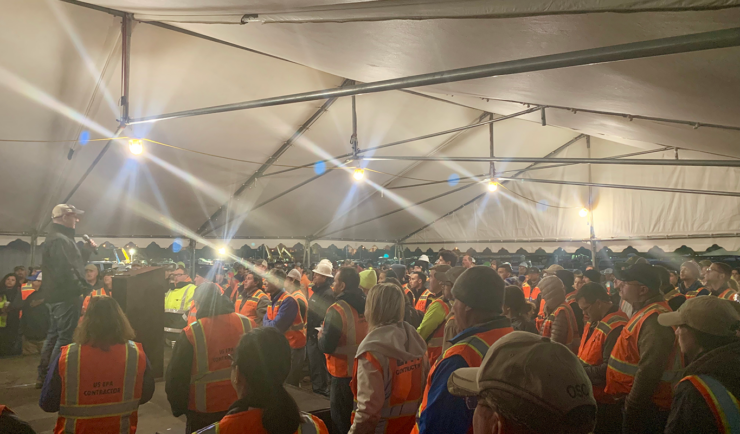SUBSA Implementation Partner
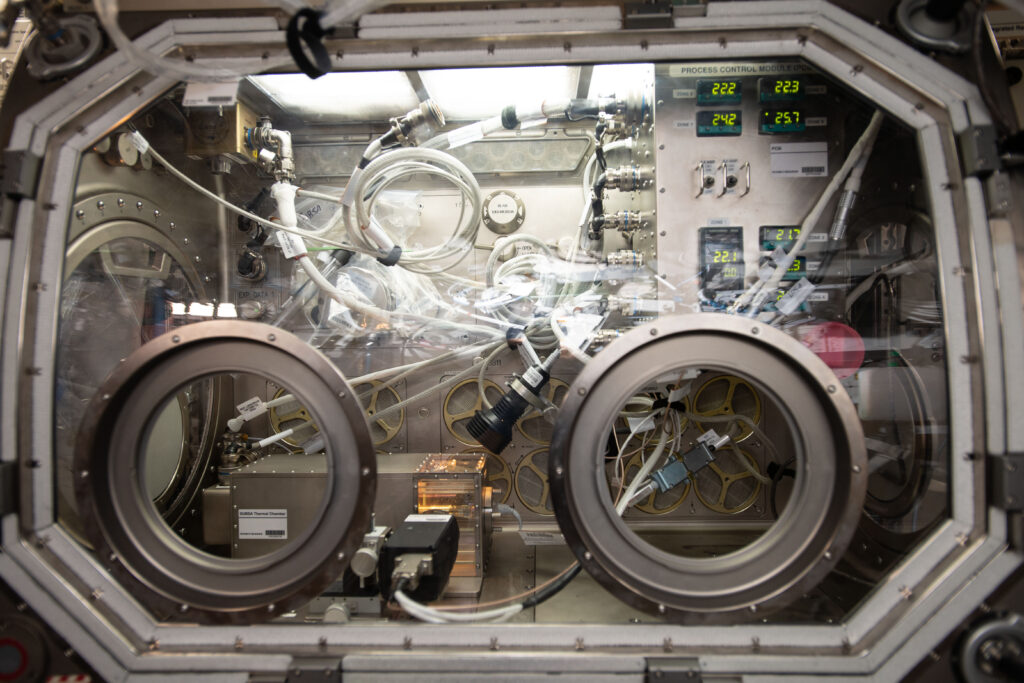
SUBSA (Solidification Using a Baffle in Sealed Ampoules)
SUBSA is a high-temperature furnace on the International Space Station (ISS) that melts materials at a controlled rate, holds at maximum temperature to stabilize, and then solidifies at a precise cooling rate via a gradient freeze technique in a microgravity environment. A transparent zone in SUBSA enables high-definition imagery to observe the solid-liquid interface formation and adjust thermal parameters in real time. Thermocouple sensor channels are available for measuring sample thermal profiles at a user-defined frequency rate, along with optional overlay of science data on a video feed. With a maximum temperature of 850° C, SUBSA’s precision heating and cooling control supports up to 8 process segments, including various combinations of dwell, heat-up, or cool-down periods with resolution and stability of 0.1° C on the setpoints and 0.1° C/hr on the ramp rates. SUBSA command and control is performed from a ground-based, secure Mission Operations Center.

CSS – SUBSA Implementation Partner
CSS was selected by NASA to operate and maintain both the SUBSA hardware on the ISS and its ground analog system and operations facilities. CSS supports NASA and other government agency-awarded investigators through a prime contract and is authorized to work directly with potential commercial and academic users. CSS provides comprehensive support and services to our customers to define and implement use requirements. Our team conducts required safety analyses and verifications, supports experiment pre-flight testing and validation, and coordinates all logistics for delivery and operation on the ISS. CSS is partnered with Redwire Space Technologies to provide development and integration of material crucibles (Science Ampoule Assemblies) and real-time furnace operations and data collection on both the ISS and ground analog facilities.
Advantages of Microgravity for Application Development and In-Space Manufacturing
SUBSA capitalizes on two significant physical aspects of microgravity:
- Reduced buoyancy-driven convection – a more stable and undisturbed solidification environment, promoting a more homogeneous microstructure.
- Reduced sedimentation – a more uniform distribution of constituents, potentially enhancing strength and other properties.
Using SUBSA in microgravity provides many benefits, including:
- Finer and more uniform grain structure – can enhance the mechanical properties of the material.
- Reduced segregation – a more homogeneous material with improved properties.
- Reduced porosity by eliminating gas bubbles – a denser and stronger material.
- Improved modeling – validate and improve computer simulation models used to predict terrestrial solidification behavior.
- Advanced manufacturing techniques – development of new and improved metal processing and manufacturing techniques.
Terrestrial Applications
- Improved metal and alloy manufacturing
- Enhanced semiconductor and metal / metal-alloy crystal growth
- Production of amorphous metals
- Metal additive manufacturing (3D printing)
Markets
Aerospace
Electronics
Medical devices
Pharmaceuticals
Military hardware
Industrial casting
Energy storage
Manufacturing R&D
Contact us
Find out more about SUBSA and CSS’s capabilities.
Service Inquiry
Additional Projects
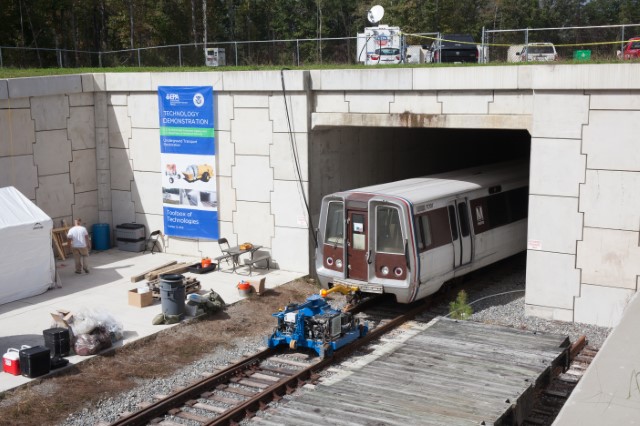
Underground Transport Restoration Operational Technology Demonstration
CSS provided both technical and logistical support for the Underground Transport Restoration Operational Technology Demonstration.
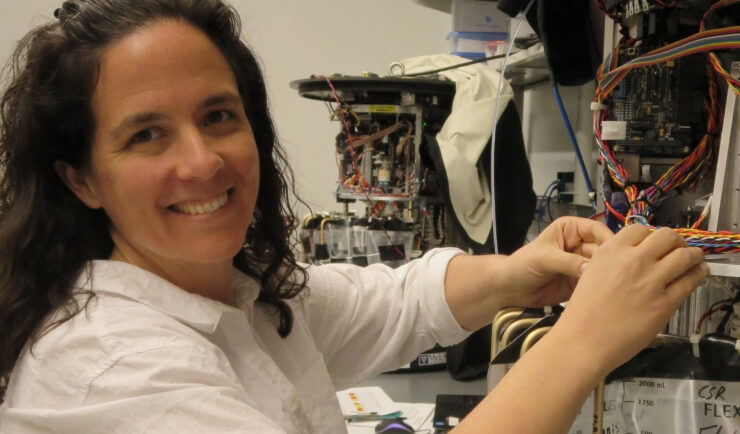
Real-time HABs Detection and Modeling
We develop and deploy the sensors and monitor in real-time, HABs activities to support immediate response.
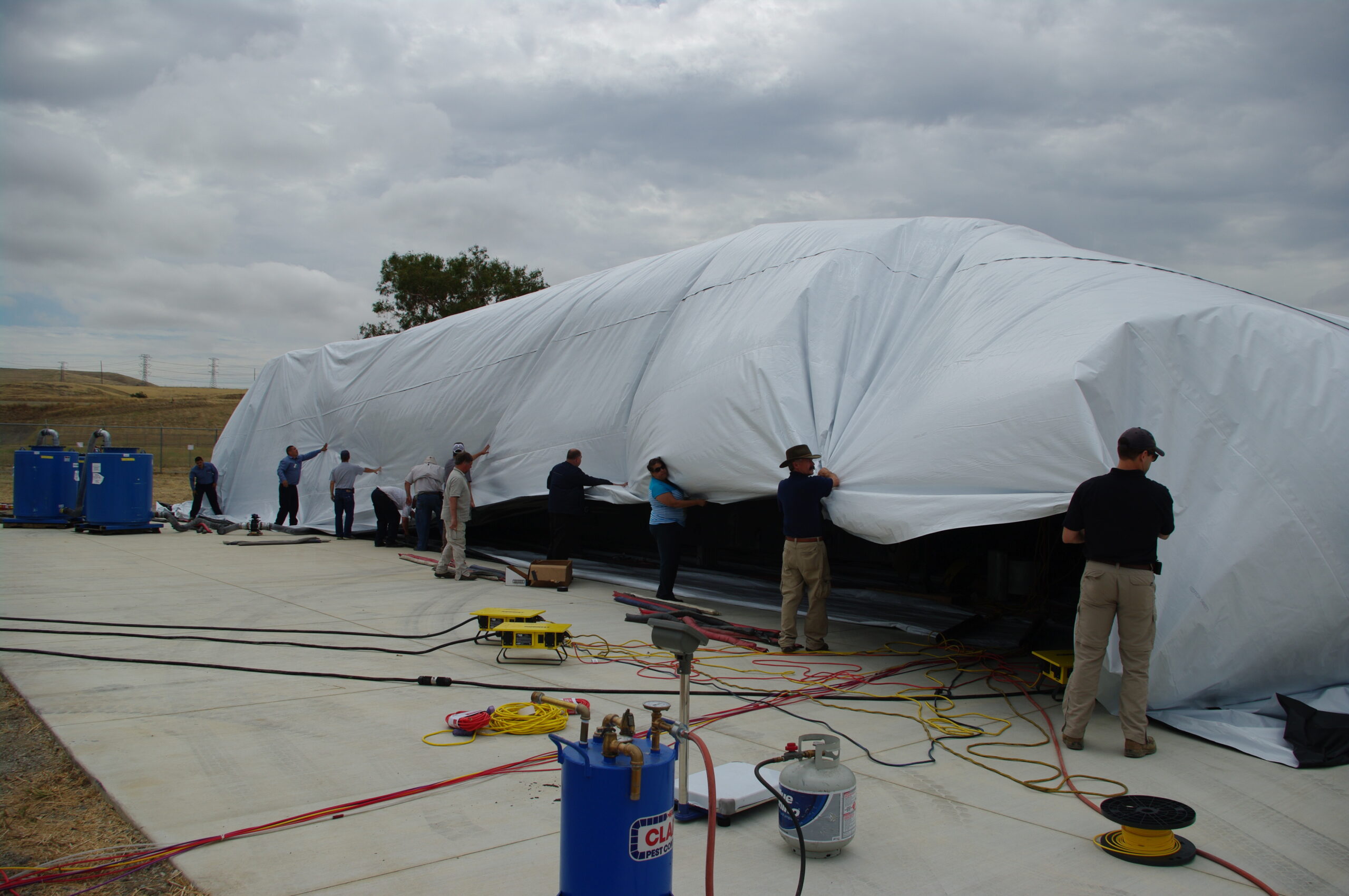
Decontamination Field Tests for EPA
CSS staff helped design, plan for, and implement field tests of decontamination technologies and methods using MB for EPA’s Consequence Management Advisory Division.

Get in touch
Contact us to learn more about our projects, capabilities, solutions, and service offerings.




